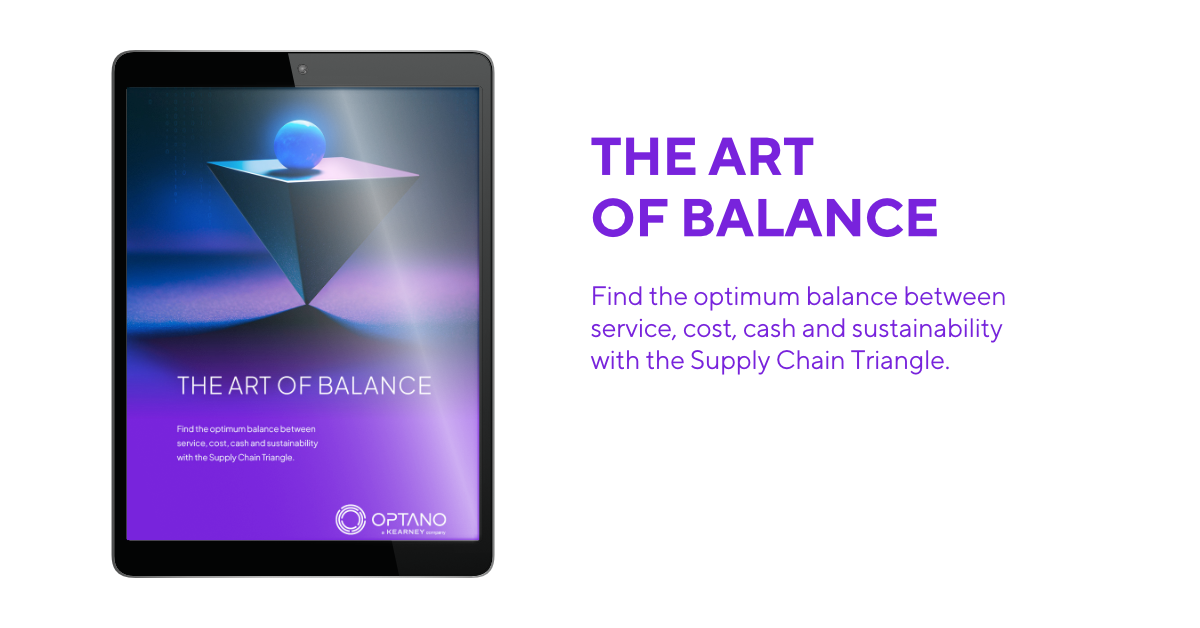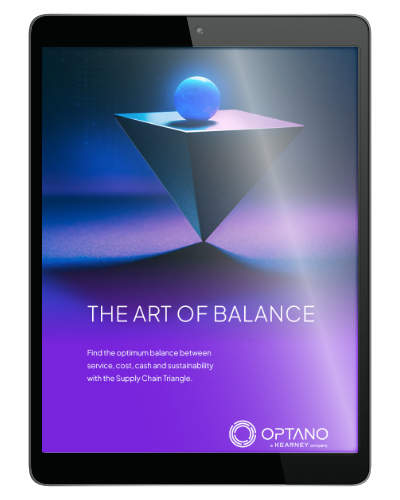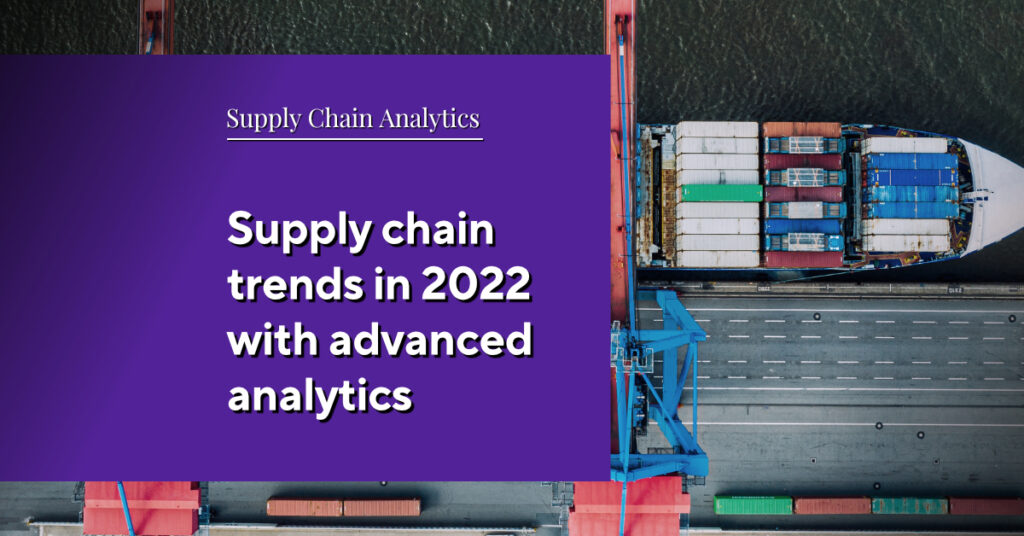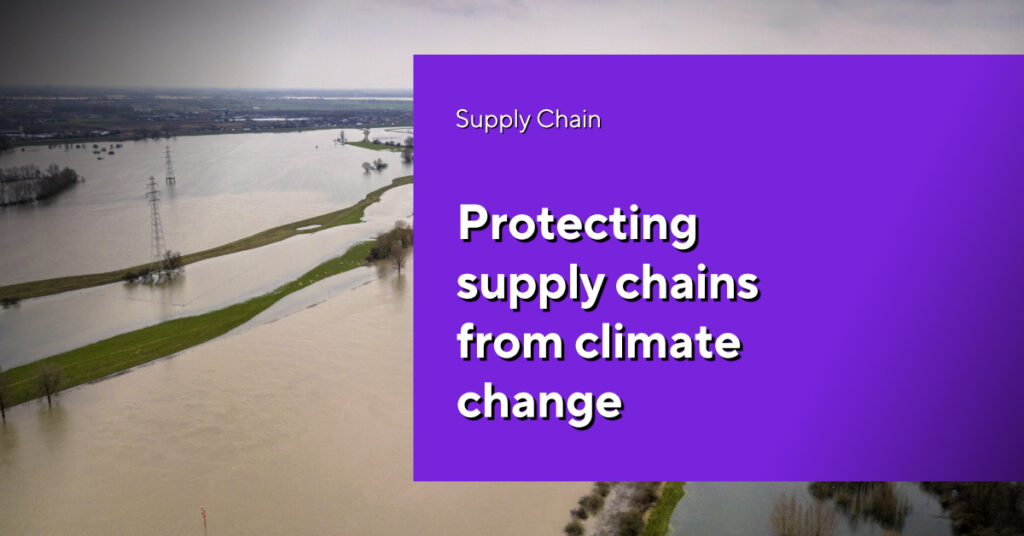The challenge of trade-offs
A trade-off is the balancing of two goals that influence and conflict with each other. This means that only one objective can be improved at the expense of the other.
In most cases we think of this as an economic trade-off. But we are often faced with trade-offs in our everyday lives, and we make a decision more or less consciously. In order to ensure their survival, plants make trade-offs between competing traits such as defense on the one hand and growth on the other. Investing more in their own defense system, in the form of thorns, spines or chemicals, means investing less in growth, and vice versa.
In this blog post, however, we are not focusing on plant ecology, but on the economic aspect of trade-offs for companies. We will use examples to give an overview of possible economic trade-offs and show how the use of mathematical optimization can fundamentally change the way trade-offs are handled.
Where there are goals, conflicts are not far away
Companies are often faced with the dilemma of pursuing different goals. They want to be efficient and innovative. They want and need to be socially, environmentally and economically successful. Preferably all at the same time. The different objectives often compete for limited resources. All in all, conflicting goals and trade-offs are a daily reality for companies and a challenge to overcome.
Conflicting goals in companies - examples
Short-term profit vs. long-term growth
A classic example of a trade-off in business is the conflict between short-term profit and long-term growth. For example, a company could achieve higher profits in the short term by cutting costs or holding back on investment. However, in the long run, this approach may lead to a loss of competitiveness or customer confidence, jeopardizing the company’s long-term success.
Costs vs. quality
Another typical example is the decision between cost and quality. If a company wants to offer its products or services more cheaply, the product result may suffer. On the other hand, if a company wants to improve its products or services, costs will increase. A trade-off must therefore be made between cost and quality.
Costs vs. supplier diversification
A common trade-off in organizations is between cost efficiency and supplier diversity. When companies consolidate their suppliers, they can reduce costs, but they run the risk of becoming more vulnerable to delivery failures or quality problems. It is therefore vital to strike a balance between cost efficiency and risk mitigation when optimizing the supply chain.
Inventory levels vs. delivery times
There is a fundamental conflict of objectives between minimizing stock levels and ensuring short delivery times. In order to keep storage costs low, companies often want to reduce stock levels. However, this can lead to longer delivery times, which can have a negative impact on customer satisfaction.
Ecology vs. economy
The conflicting goals of economy and ecology challenge companies to reconcile economic success with environmental protection. The balance between profit maximization and sustainability is crucial. Environmentally friendly measures should not drastically increase costs. Companies need to balance economic success and environmental protection in order to operate sustainably in the long term.
These examples are just a few examples of the complex interactions within companies. In fact, there are many other dilemmas at and between different corporate levels.
Goal: A good balance
Unresolved trade-offs force companies to rethink their decision-making processes and find ways to reconcile efficiency, social and environmental responsibility and economic success.
As mentioned earlier, companies have to deal with trade-offs and prioritize goals in order to achieve them. However, this also means that not all goals can be achieved equally well. In some cases, decisions will be made where an advantage can be achieved at the expense of another objective.
However, careful consideration can lead to an optimum that intelligently balances all interests. This requires a great deal of knowledge about the interrelationships of complex business processes and, as a result, well-founded recommendations for action.
Conflict resolution with the help of mathematical optimization
Once the trade-offs have been identified, the right actions need to be taken to resolve them. In doing so, companies often have to weigh up which approach is best in terms of the company’s objectives.
The use of analytical methods such as mathematical optimization is recommended. Mathematical models can be used to find the optimum balance, taking into account all objectives, resources, variables and constraints. Specialized solvers can then be used to generate optimal solutions for the conflicting objectives.
More interesting articles
Discover optimization potential with OPTANO
The more goals you have and the more they conflict, the more complex your business planning will become. However, this complexity should not prevent you from resolving your company’s conflicting objectives. After all, the more complex the planning, the greater the potential for optimization. Read on to find out how OPTANO can help you realize this potential.
Planning software such as OPTANO creates the necessary transparency, offers well-founded recommendations for action and allows you to compare them in order to support data-driven decisions.
Create transparency with OPTANO
The first step in prioritizing competing objectives is transparency. The interdependencies between goals need to be recognized and understood. In order to prioritize, it is therefore advisable to define the objectives using KPIs (Key Performance Indicators) and to weigh them against each other.
As an optimization software, OPTANO enables data to be analyzed and presented as a model. By using mathematical optimization methods, a large number of different objectives can be taken into account and the trade-off of conflicting objectives can be made visible. In addition, interactions and inefficiencies are identified better and faster.
Sound options with OPTANO
OPTANO helps you to identify the right measures to achieve the desired goals – analyzed on the basis of all the data to be taken into account. Ultimately, our optimization model takes over the planning of your business goals. Our powerful algorithms always calculate the best possible result from millions and millions of options.
And you can cope with the increasing complexity of your planning because, unlike manual planning, the model is flexible enough to take into account a wide range of constraints. There are virtually no limits to what you can do. No matter how the parameters change, you can always rely on OPTANO to make the right decision.
Compare alternative courses of action with what-if scenarios
With the help of prescriptive analytics, OPTANO not only formulates concrete options for action, but also enables the simulation of decisions and interventions in business processes through the use of what-if scenarios. For example, it is possible to analyze how changes in stock levels affect delivery times. Or the impact of supplier consolidation on the resilience of the supply chain.
In this way, OPTANO ensures the necessary transparency and optimized planning throughout the company at all times.
And then there's the box tree moth...
Coming back to our trade-off example from plant ecology: Unfortunately, plants often need a long time to adapt to new conditions. The current case of the box moth shows that a large population of introduced pests can lead to the destruction of plants in a very short time.
It’s good that companies can adapt much more quickly with the help of software.
Have you got our factsheet on this topic yet?

In today’s dynamic business environment, companies are under constant pressure to enhance the efficiency, cost-effectiveness, and resilience of their supply chains. Yet, pursuing all these objectives simultaneously can quickly become a complex challenge.
This is where the Supply Chain Triangle becomes essential. Our fact sheet provides valuable insights into how to effectively balance service levels, costs, cash flow, and sustainability — enabling you to make strategic decisions and build a future-ready supply chain.
To obtain our factsheet, all you need to do is enter your contact details in the space below. A pop-up window will then open to download the whitepaper. Please note that by providing us with your email address, you agree that we may contact you on this topic. You may revoke this agreement at any time by contacting privacy@optano.com.







